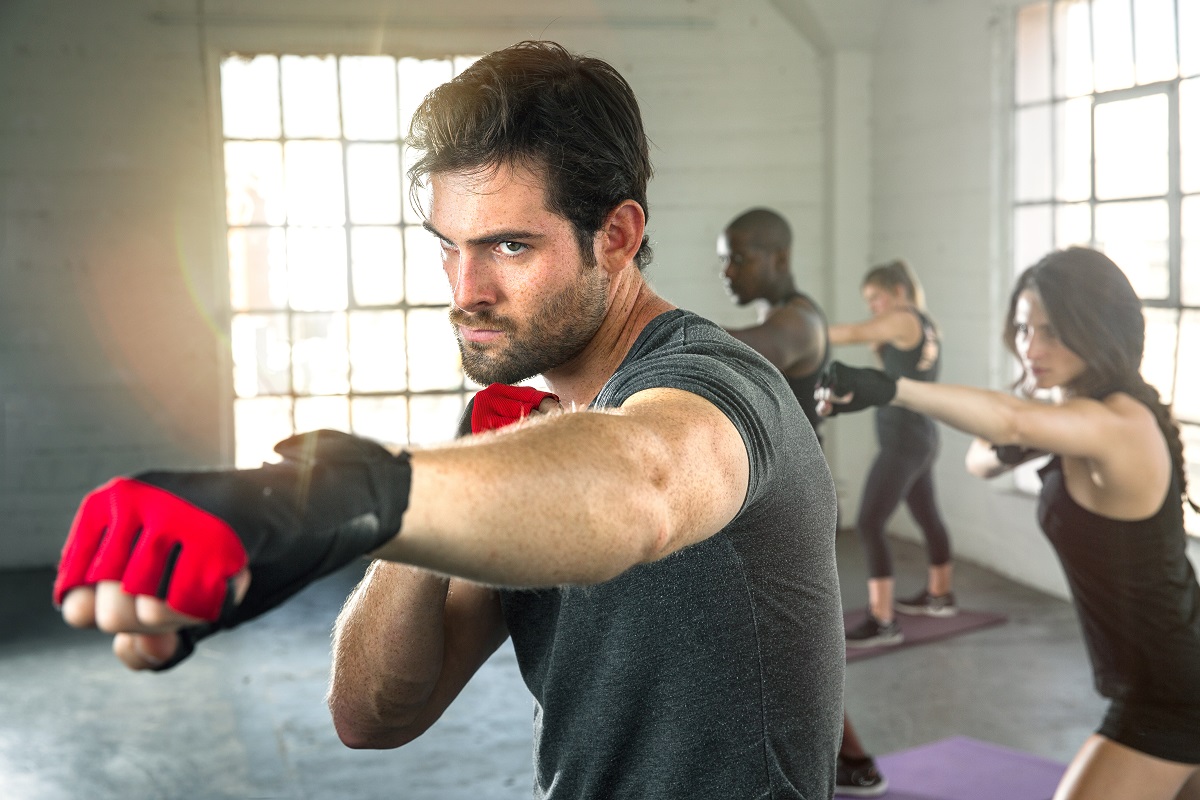It is common to get injuries, especially when you are constantly working out. Exerting effort with your body before it can repair itself is doing more harm than good, so remind yourself that it is okay to rest. Once your doctor clears you to start exercising again, they will most probably direct you to avoid putting pressure on your injury to allow it to heal better.
When weight gain is a concern, people worry that they might put on a few pounds when an injury sidelines them. However, once cleared by the doctor, they can start using their upper body to keep their heart rate up and burn some calories. There are still some exercises that barely put any pressure on your lower half, focusing on toning the other half.
Swimming
Your buoyancy in the water will allow for a low-impact exercise while toning your muscles all over your body. If you have a pool at home, this low-effort workout will keep your heart rate up. Just make sure that the water is chlorinated and that its pH is controlled to get rid of harmful microorganisms. Using a muriatic acid substitute pool as a pH controller will help, like carbon dioxide bubbles, to produce a safer alternative — carbonic acid.
Swimming pools are versatile when you start planning your workout. You can either swim laps or do full exercise routines in the water. Depending on your level of injury, you can customize certain moves to what you can do at the moment. So long as you are moving around for some time, you will experience the benefits of exercise. This is going to feel a lot better than being in bed all day.
The important thing is that your body needs to put in the effort to move around. It can also be a relaxing part of your day because you will produce endorphins throughout your routine. You could even schedule your swim when you clock out from work.
Shadowboxing
One of the best ways to keep your heart rate up while sitting is shadowboxing. If your ankle or knee is injured, you can sit on a chair while practicing your boxing moves. The best part is that you will not need a partner. Use your fighting spirit to keep you going as your heart beats faster with every punch.

Using self-talk as athletes do will help. In doing so, you will be providing yourself support even when you are doing this exercise alone. You can also try planning a routine for your imaginary boxing matches. You will be battling against fatigue and self-doubt on your road to a healthier mind and body.
At the same time, be careful not to over-exert yourself. There will still be a chance of spraining your upper body muscles. Learn to listen to your body and stop immediately when you feel pain.
Battle Ropes
Another low-impact workout you can do is slamming big, heavy ropes on the ground. Battle ropes put your muscles to work without adding pressure to your legs. When you feel better, you can add squats and other kinds of exercise to the routine. However, until then, this is a good way to keep that heart rate up.
If you are unsure how they are used, asking an instructor to help can be a good way to “learn the ropes.” Gyms usually have a specific kind of equipment that they use for battle ropes. An alternative could be using thick and heavy ropes in your home, tied to some weights. Use your arms to pull the ropes in an up and down motion to create curves.
Similar to shadowboxing, stop immediately when you feel some soreness. Although it is normal after working out with an unfamiliar routine or equipment, you need to be more cautious when you are injured. Make sure you get adequate rest and check with your doctor if you should proceed with the ropes.
Again, do not proceed to perform exercises that you are not allowed to do. Always check with your doctor and make sure that you have medical clearance. You would not want to get more injured, which will be a lot worse than what you currently have. You wouldn’t want to worsen your injury to stay fit.
Even though it is a great attitude to want to get back to the gym as soon as possible, you need to rest when required. This will let your body heal and alleviate your pain. In doing so, you will recover faster, and you can go back to your usual fitness routine.

